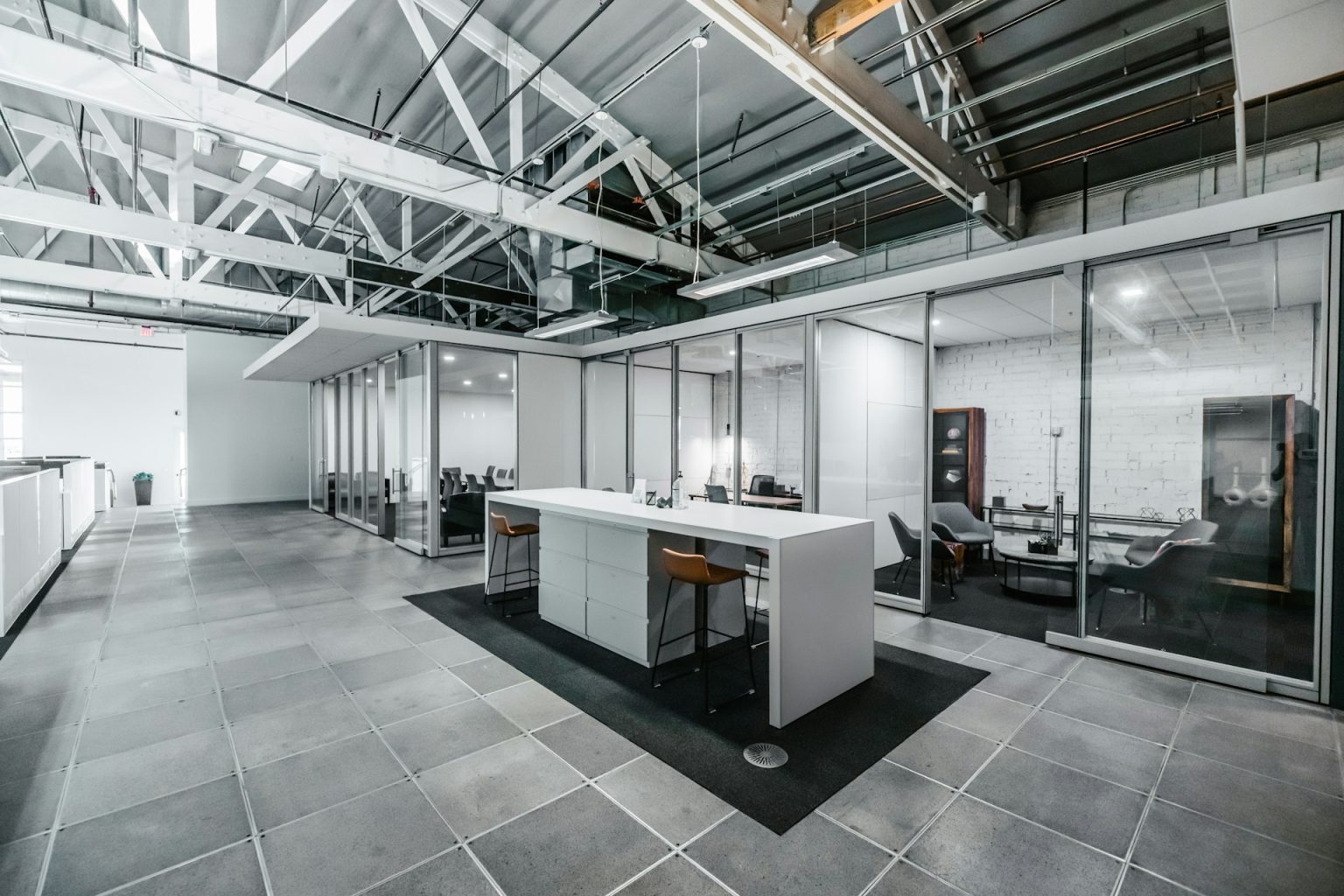An office is more than just a place to work for you and your employees; it can be the heart of your business. Therefore, it pays to note what your office space looks like. Your design, layout, and atmosphere of your workspace can influence employee wellbeing, productivity, and even how clients perceive your brand. Yet, for many business owners, the thought of transforming an office seems daunting. The good news? With the right planning and support, it can be done smoothly and without unnecessary stress.
Why Consider an Office Transformation?
First things first, why would you embark on this? Is it worth the money and time? The answer is absolutely, and this is why:
- Boost staff morale and productivity: A thoughtfully designed office can energise employees. Access to natural light, ergonomic furniture, quiet zones, and collaborative spaces all help people feel comfortable and valued, leading to improved performance.
- Reflect your brand identity: Your workplace is a physical expression of your company values. Whether you want to appear innovative, professional, sustainable, or community-focused, design choices, from colours and finishes to layout and furniture, can bring that identity to life.
- Adapt to modern working styles: With hybrid and flexible working now the norm, many businesses need offices that accommodate hot-desking, breakout spaces, and technology-enabled meeting rooms. A transformation allows you to rethink how space is used and ensure it meets today’s needs.
- Improve efficiency and reduce costs: An upgrade often uncovers opportunities for energy efficiency, such as LED lighting, better insulation, or improved heating and cooling systems. These can lower bills while supporting sustainability targets.
Key Steps to an Effortless Transformation
1. Define your goals
Start by asking: What do you want your office to achieve? Do you need more collaborative areas, private focus rooms, or a welcoming reception space? Clear objectives will guide every decision.
2. Plan your budget and timeline
Establish a realistic budget, factoring in both essentials and a contingency for unexpected costs. It is at this point that you must agree on a timeline that minimises disruption. For example, can you do phased work or have major tasks handled outside office hours? This can keep operations running.
3. Work with professionals
Partnering with an experienced design and fit-out company makes the process far easier. Experts can handle regulations, source durable materials, and ensure the finished result balances creativity with practicality. By getting in touch with experts, you’ll also uncover what the right plan of action is for your business.
4. Focus on flexibility
Choose modular furniture, movable partitions, and versatile layouts that can adapt as your business grows or changes. This future-proofs your investment.
5. Don’t forget infrastructure
Beyond how your office looks, practical elements matter – lighting, acoustics, air quality, IT infrastructure, and power points all have a big impact on comfort and usability.
The End Result
An effortless office transformation doesn’t just create a visually appealing workplace – it creates an environment where employees feel happier, collaboration flows more easily, and clients gain a strong first impression of your brand. With clear planning and the right expertise, you can turn your office into a space that supports both people and business growth.



